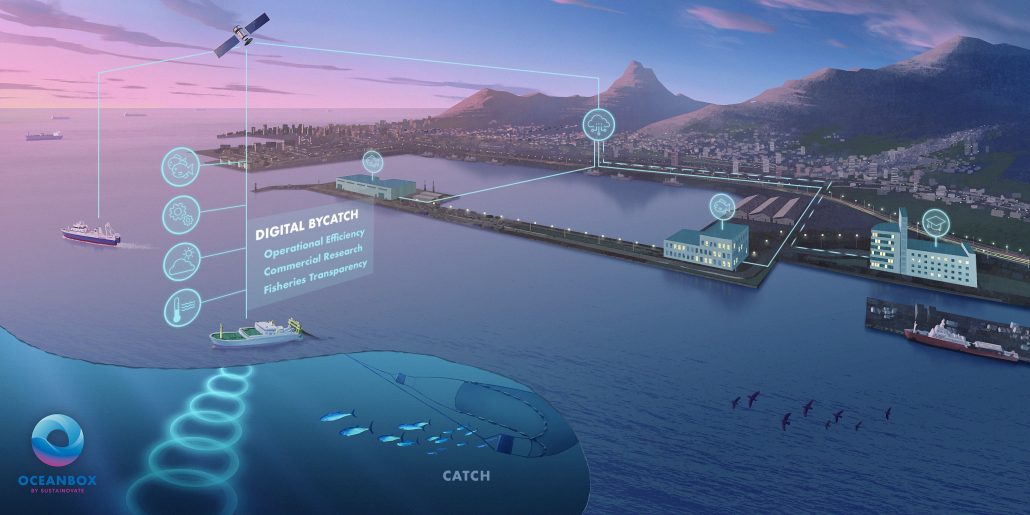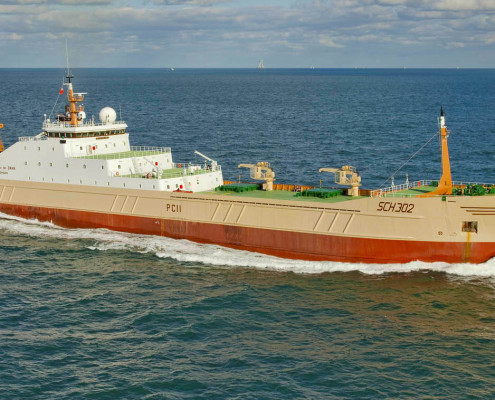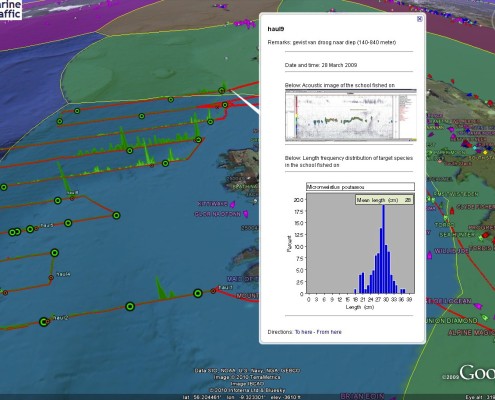Trawler intelligence
☛ The Landing obligation would drive skippers to avoid areas with higher chance on bycatch
The skippers first challenge when sailing out is to decide where to go fishing and which areas with high occurrence of bycatch to avoid. His decision is based on obvious information sources that are directly available to the skipper:
- His best guess would be to use information from colleagues on ongoing fishing activities;
- His second best guess would be historic catch results in the same season;
- Furthermore he will continuously assess weather conditions to secure a safe trip, avoid areas that would give him much delay and avoid conditions that would result in low catchability of fish (e.g. sprat is said to only school in calm weather).
☛ Linking fishing ground conditions to bycatch records would add to skippers knowledge
However, in the end it is environmental conditions such as the preferred temperature range and availability of food that determines migration patterns and thus where target fish and bycatch can be expected in the first place. Next, local conditions determine the catchability of the fish e.g. if species appear in detectable schools or mixed with a lot of non-target species. This information is not always at hand to skippers and certainly not in a format where it can be linked to earlier catch success. This makes forecasting of bycatch an intuitive process instead of a science. In order to introduce a more generic approach towards bycatch forecasting that can be applied to the entire fishing fleet we have re-defined roles of scientists and skippers.
From a classic scientific point of view, the reason for the limited value of fishermen’s knowledge is twofold: 1) he does not treat his ‘data’ objectively and in a scientific manner and 2) scientists had much better insight of what was going on below the water surface because of sophisticated equipment. But those days are nearly over: fishermen have now even better instruments and start measuring and relating environmental conditions to catch rates.




